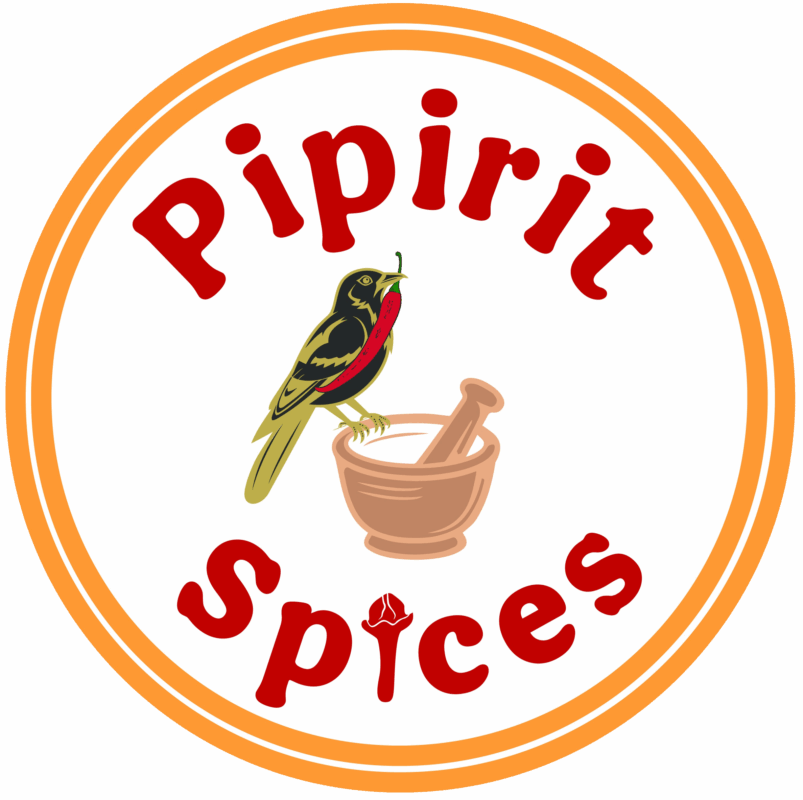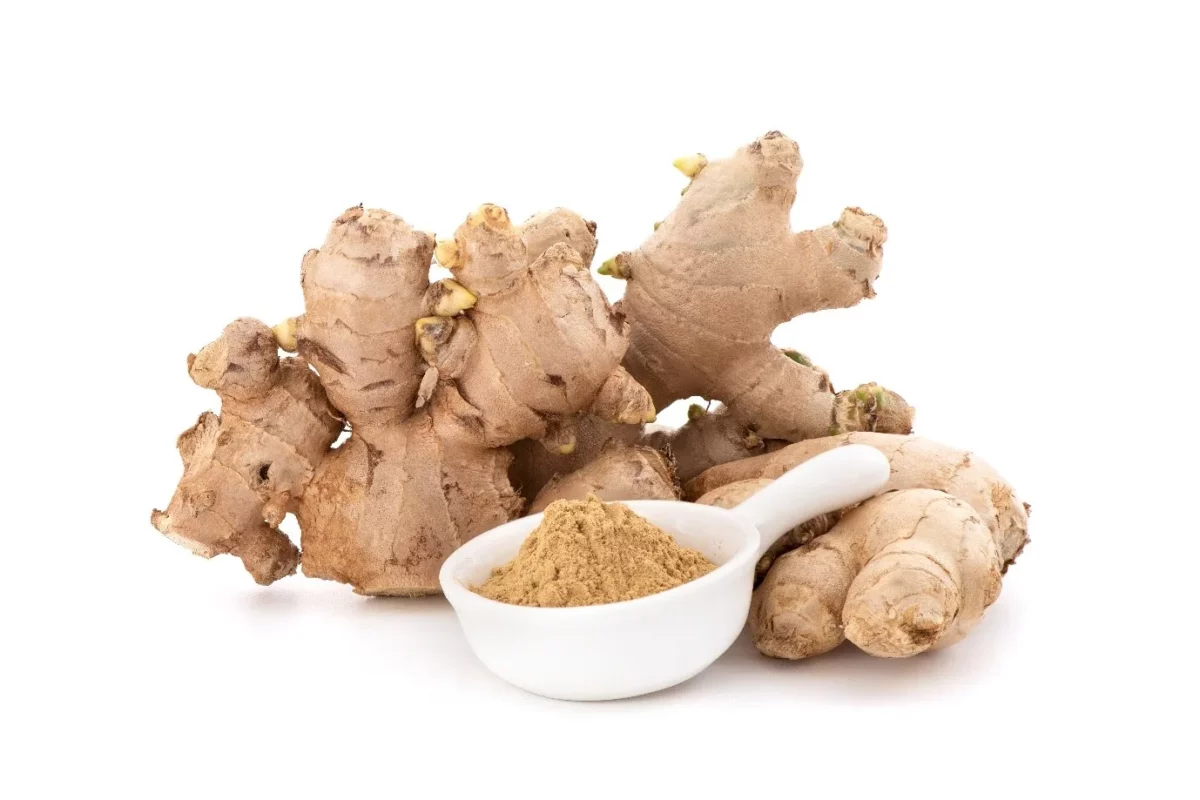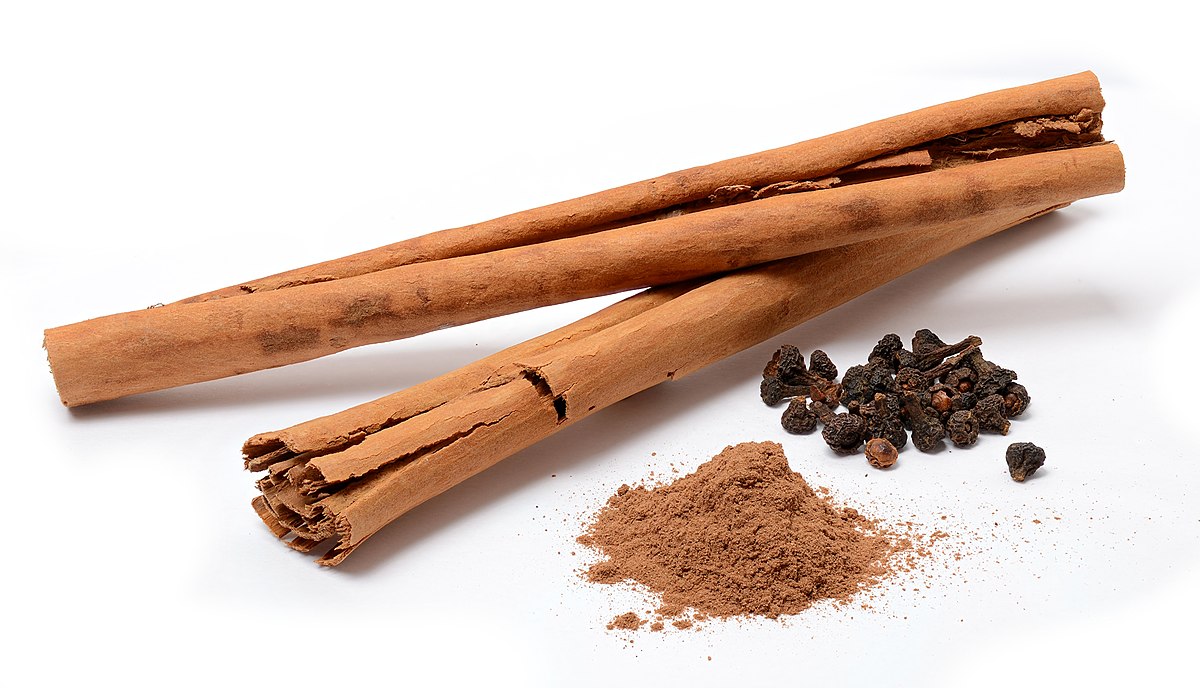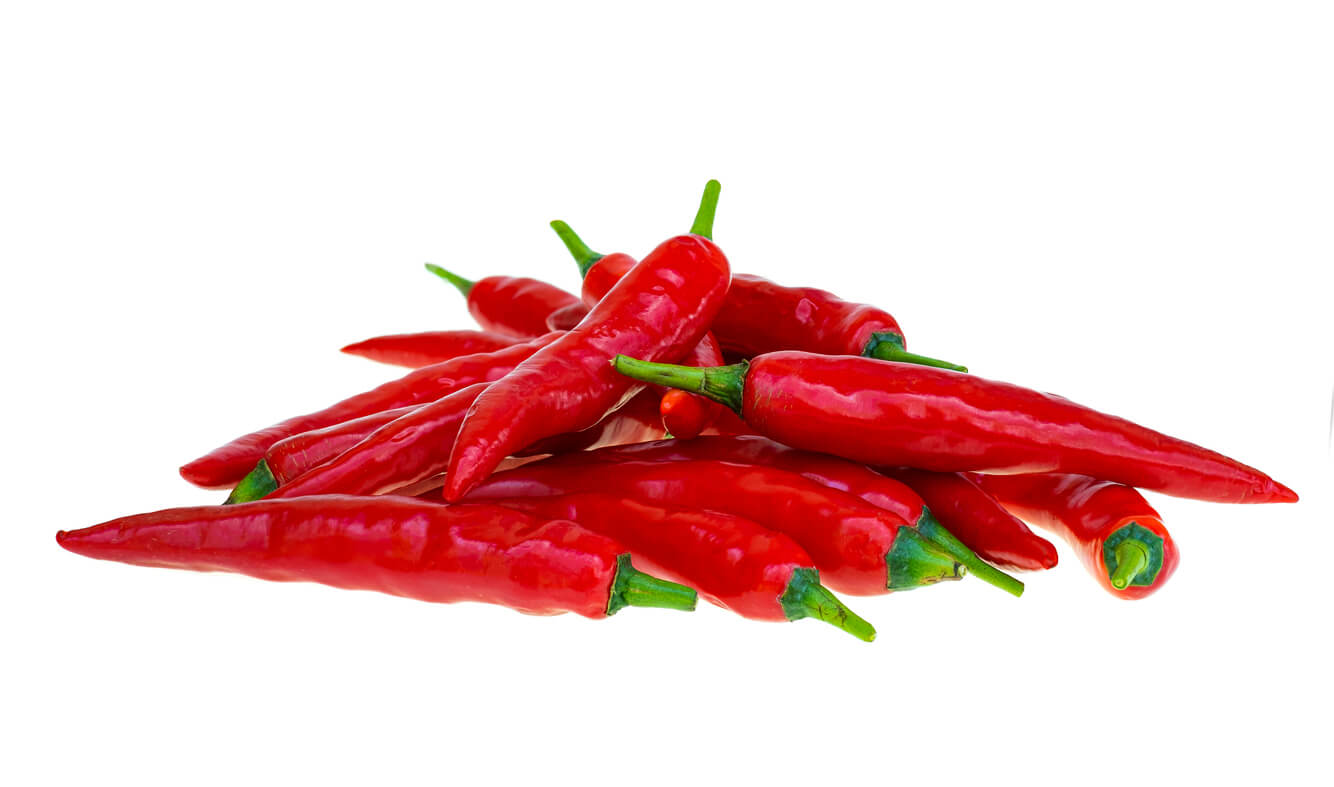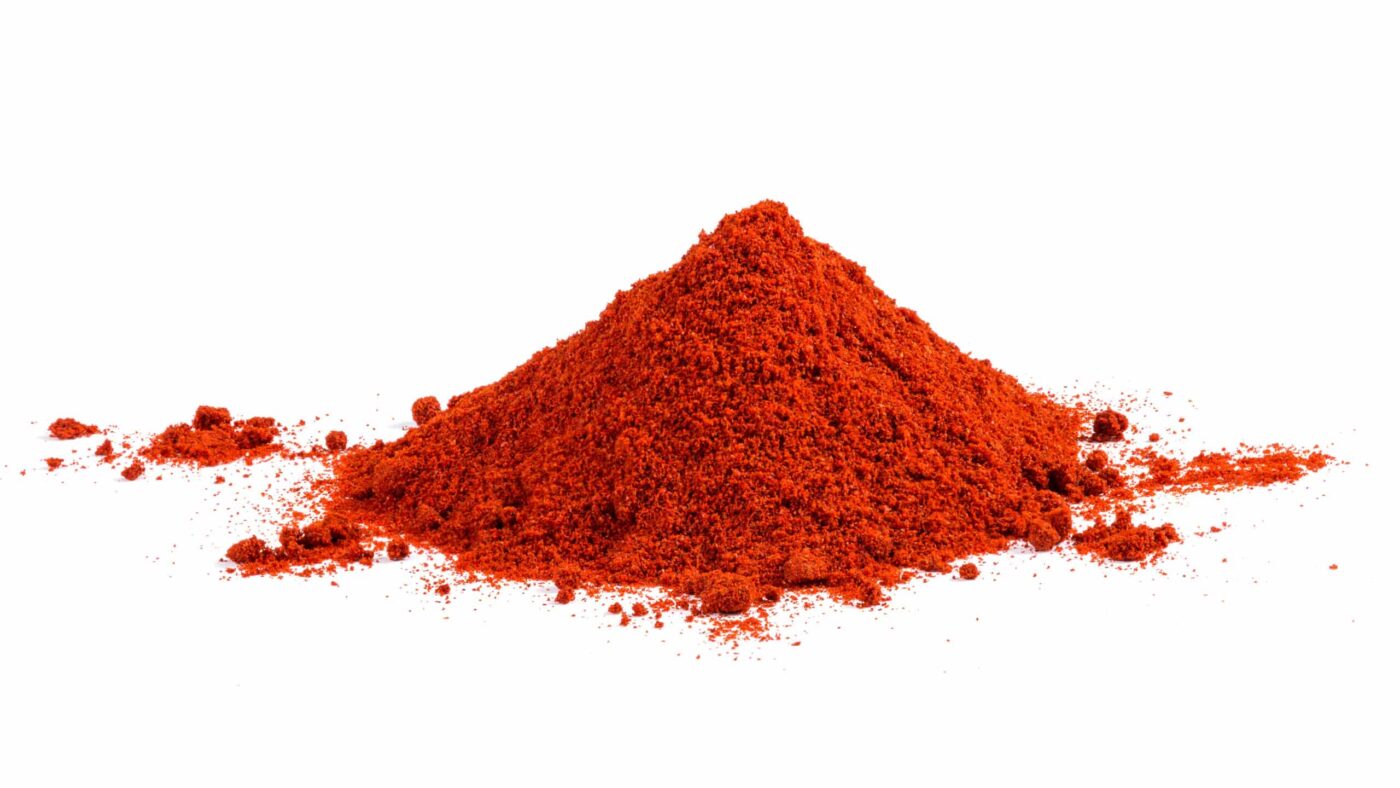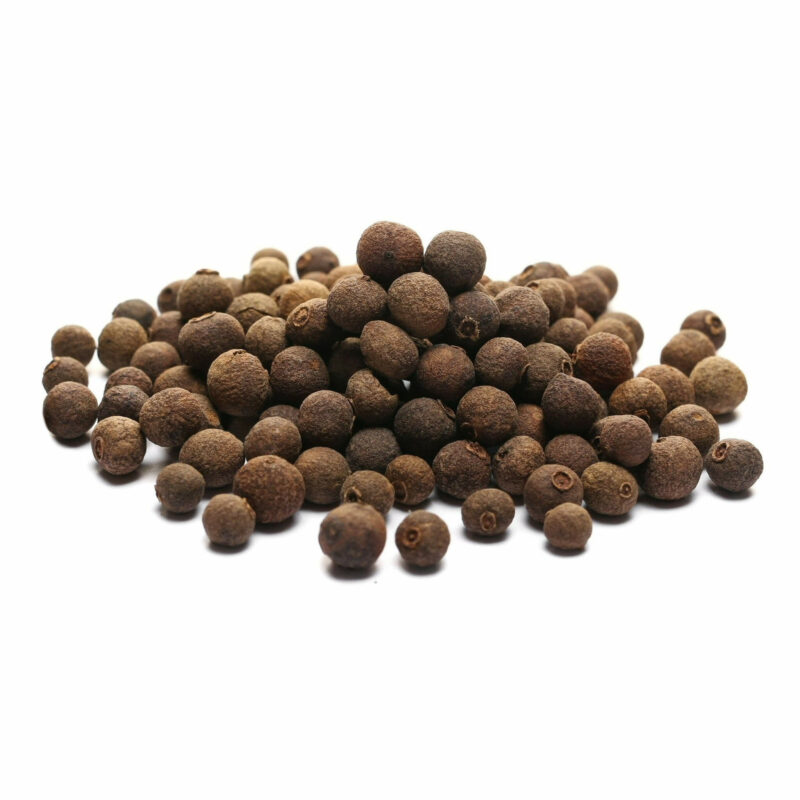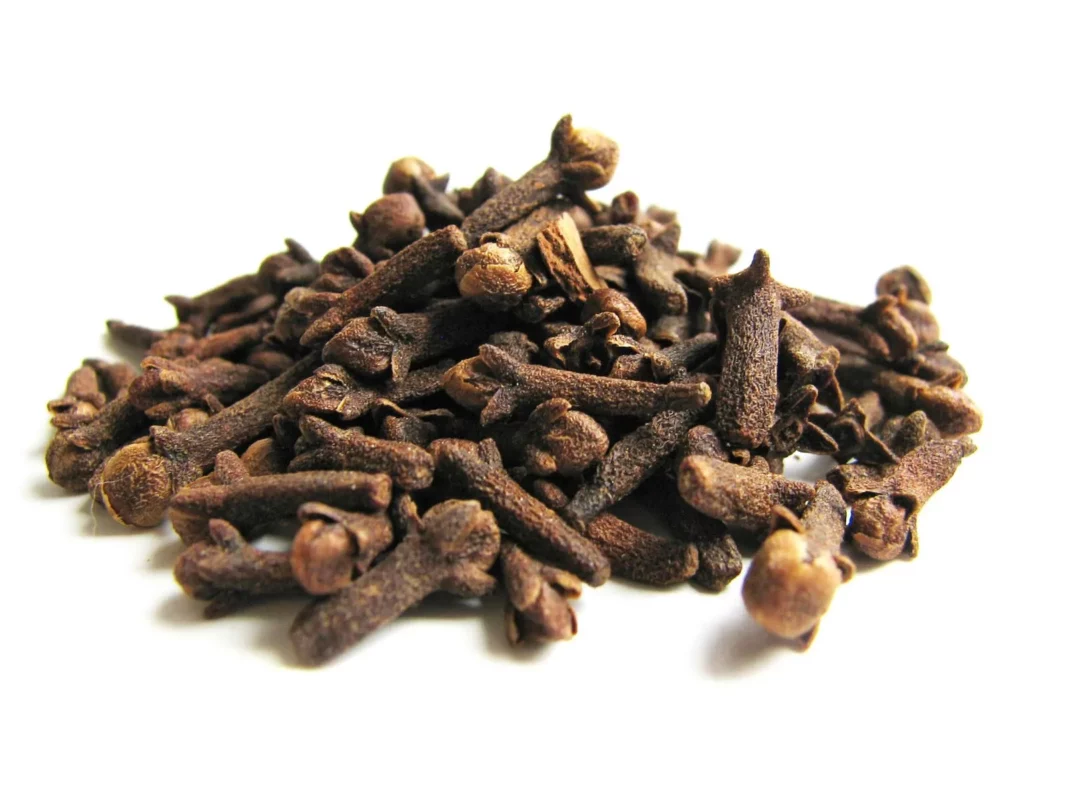Parsley or garden parsley is known formally as Petroselinum crispum and is native to the central and eastern mediterranean region. It is commonly used as a garnish, but more popularly used as a spice. There are two main varieties of parsley: curly leaf and flat leaf. Curly leaf is probably the most recognizable, as restaurants […]
Category Archives: HEALTH BENEFITS OF SPICES AND HERBS
Curry powder is a mix of various dried, ground spices. It usually looks bold yellow or orange in color. The most common ingredients of curry powder are turmeric, coriander, cardamom, cumin, sweet basil, and red pepper. Some other ingredients that are occasionally added, depending on the specific recipe, are fennel seeds, ginger, garlic, cinnamon, or […]
Nutmeg comes from the seed of the Myristica fragrans tree. It grows in Malaysia, the Caribbean, and Southern India as well. Indonesia produces the majority of the world’s nutmeg. It is sold either ground or in whole seeds. Nutmeg is a rich source of antioxidants, which help protect against the signs of aging and serious […]
Ginger is a flowering plant, specifically its root (rhizome), widely used as a spice and a medicinal herb. It is known for its pungent flavor and potential health benefits, including aiding digestion and relieving nausea. Ginger is a member of the Zingiberaceae family, which includes turmeric. Ginger is a versatile spice used in both sweet […]
Cinnamon is a spice extracted from the bark of the cinnamon tree. It originated from 4 main regions: Sri Lanka, China, Indonesia and Vietnam. Cinnamon is very well known for its medicinal properties around the world. Cinnamon improves the digestive system and has anti-inflammatory effects. It relieves congestion, nose blocks and can also be used as […]
If you like spicy food, you’re probably familiar with cayenne pepper. Cayenne pepper is said to originate from Cayenne in French Guiana. It’s commonly dried and ground into a fine powder. It grows around the world in places such as India, East Africa, Mexico, in the Caribbean and certain areas of the United States. In […]
Paprika is a spice made from dried, ground red peppers, primarily from the Capsicum annuum family. It’s known for its vibrant red color and can range in flavor from mild and sweet to hot and spicy. The specific type of pepper, its origin, and preparation methods all influence the paprika’s flavor profile. The color of […]
Thyme is a Mediterranean herb with dietary and medicinal uses. Thyme leaves and oil have been used to treat a range of symptoms and complaints. These include diarrhea, stomach ache, arthritis, and sore throat. Thyme is used for inflammation of the main airways in the lung (bronchitis), cough, patchy hair loss (alopecia), stomach problems and many other […]
Allspice comes from a tropical evergreen tree. It’s native to Central America and the West Indies. Allspice may provide numerous health benefits, including complementary menopause therapy, anticancer, antifungal, antimicrobial, and anti-inflammatory properties, as well as blood sugar and weight management. Allspice is a versatile spice used in both sweet and savory dishes. It’s particularly well-suited […]
Clove (Syzygium aromaticum) is a tree native to Indonesia. Its dried flower buds are a popular spice and are also used in Chinese and Ayurvedic medicine. Clove oil contains a chemical called eugenol that might help decrease pain and fight infections. People commonly use clove for pain during dental work, toothache, hangover, indigestion, dental plaque, […]
- 1
- 2
